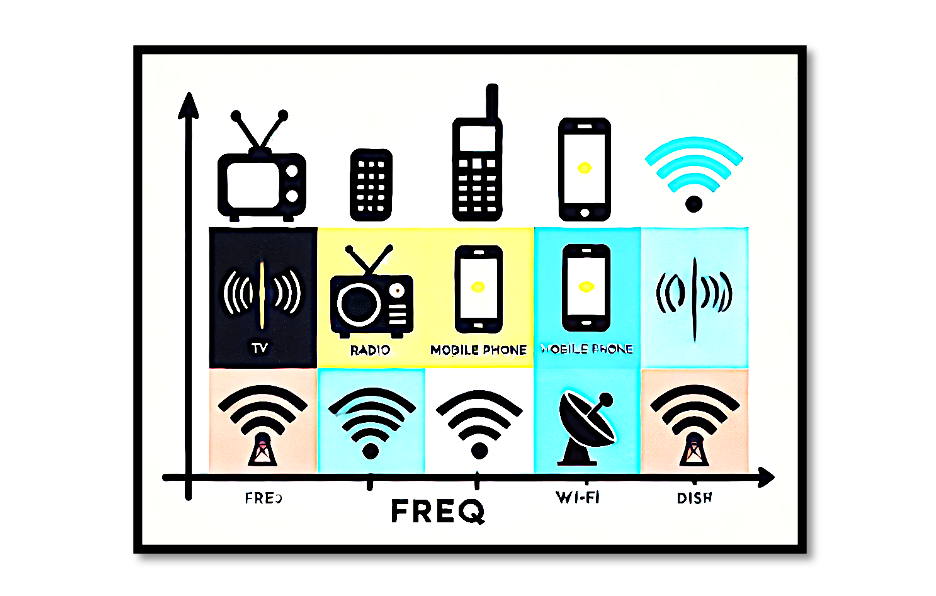Introduction to Quadrature Modulation Quadrature Phase Shift Keying (QPSK), also known as 4-PSK, is a widely used digital modulation technique that enhances bandwidth efficiency by encoding data into phase variations of a carrier wave. Quadrature modulation reduces the required bandwidth …
Modulation techniques such as Frequency Modulation (FM) and Phase Modulation (PM) are essential for modern communication. While both belong to the angle modulation family, their fundamental mechanisms and applications differ. This blog provides a detailed comparison of FM and PM …
Phase Modulation (PM) is one of the foundational techniques in communication systems, playing a critical role in transmitting information efficiently across various mediums. By altering the phase of a carrier wave in accordance with the amplitude of the modulating signal, …
Frequency Modulation (FM) is a key modulation technique in communication systems, known for its ability to maintain signal integrity under noisy conditions. Demodulation, the process of extracting the original information from the modulated FM signal, is critical for recovering the …
As we delve deeper into the intricacies of communication systems, it’s essential to focus on key concepts such as channel capacity, bandwidth efficiency, and power efficiency. These aspects are vital for optimizing data transmission and ensuring that communication remains effective …
Amplitude Modulation (AM) is a widely utilized technique for modulating a carrier wave to transmit information over radio frequencies. This method varies the amplitude of the carrier signal in accordance with the information signal, which can represent audio, video, or …
Modulation plays a crucial role in ensuring efficient data transmission. Two critical aspects of modulation are detectability and bandwidth efficiency. Understanding these concepts is essential for optimizing communication systems to achieve maximum performance while minimizing noise and resource consumption. Detectability …
In electronic communication, a carrier wave is a waveform that is used to transmit information. This wave, also known as a carrier signal or simply a carrier, is typically of a much higher frequency than the information or message signal …
In communication systems, demodulation is the key to retrieving the original message from a high-frequency, modulated signal. This process essentially reverses modulation, separating the carrier wave from the information-bearing signal. Imagine a scenario where a voice message, now embedded in …
In today’s world communication is everywhere, from mobile phones and radios to TV broadcasts. But have we ever wondered what enables these devices to transmit signals clearly without interference? The key lies in a process called modulation. Modulation plays a …










